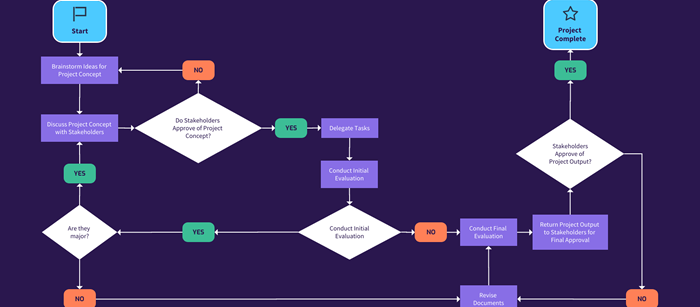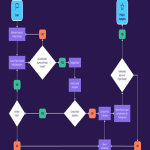The root cause? Treating the cloud as a simple data center move rather than a fundamental transformation of IT operations.
Based on our post-mortem analysis of migrations across banking, energy, and public sector clients, we’ve identified the five most common and costly pitfalls—and how you can avoid them.
Pitfall 1: The Sticker Shock of Egress Fees
You’ve meticulously calculated compute and storage costs, only to be blindsided by a six-figure bill for data egress—the cost of moving data out of the cloud. This is especially punitive for Canadian companies with data residency requirements who need to move data back on-premise or between regions.
The Fix: Implement robust cost governance tools from day one. Use tagging policies to allocate costs by department, set up billing alerts, and architect for data locality to minimize cross-border data transfer.
Pitfall 2: Lifting and Shifting Monoliths
Migrating a fragile, monolithic application unchanged ("lift-and-shift") simply moves your problems to a more expensive environment. You inherit all the technical debt without gaining any of the cloud’s benefits like elasticity or resilience.
The Fix: Conduct a thorough application assessment (T-shirt sizing). Decide which apps to rehost, refactor, revise, or replace. Prioritize refactoring for business-critical applications to be cloud-native.
Pitfall 3: The Tool Sprawl Death Spiral
Development teams spin up new cloud services with a credit card, leading to a chaotic mess of unmanaged resources, inconsistent security settings, and massive wasted spend.
The Fix: Establish a Cloud Centre of Excellence (CCoE). Define and enforce guardrails using Infrastructure as Code (Terraform, CloudFormation) to ensure every deployed resource meets security, tagging, and cost policies.
Pitfall 4: The Shared Responsibility Blind Spot
“The cloud is secure, right?” Wrong. While the cloud provider secures the infrastructure, you are 100% responsible for securing your data, configurations, and access in the cloud. Misconfigured S3 buckets are a leading cause of breaches.
The Fix: Embed security from the start (DevSecOps). Automate security scanning in your CI/CD pipeline and use tools like AWS Config or Azure Policy to continuously monitor for compliance drift.
Pitfall 5: Ignoring the Talent Gap
Your on-premise infrastructure team lacks the skills to manage a distributed, API-driven cloud environment. Projects stall as they struggle to learn a new paradigm.
The Fix: Invest in training and certification for your team. Alternatively, partner with a managed services provider or a consulting firm (like ours) to bridge the skills gap and accelerate time-to-value.
A successful cloud migration is a strategic business transformation, not an IT project. By anticipating these pitfalls, you can build a roadmap that delivers on the true promise of the cloud: speed, efficiency, and innovation.
Summit Crest Global’s technology consultants provide end-to-end cloud strategy and execution. Let us help you build a migration plan that avoids these common mistakes.



